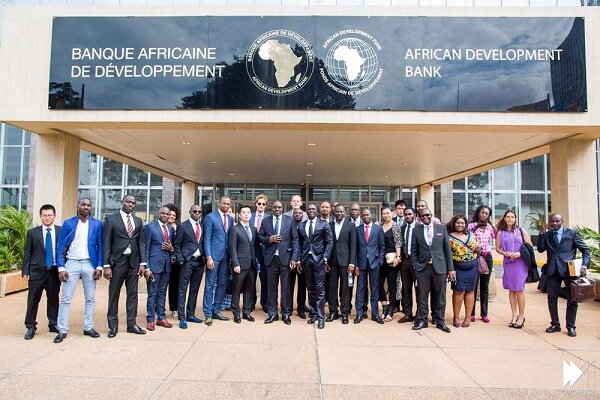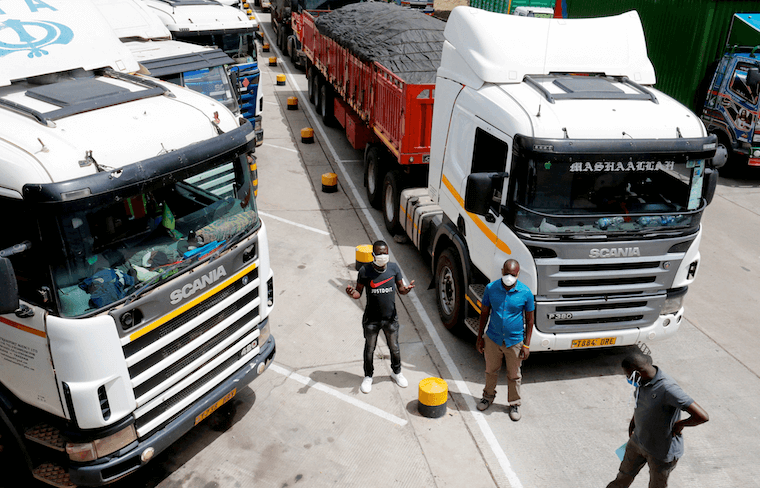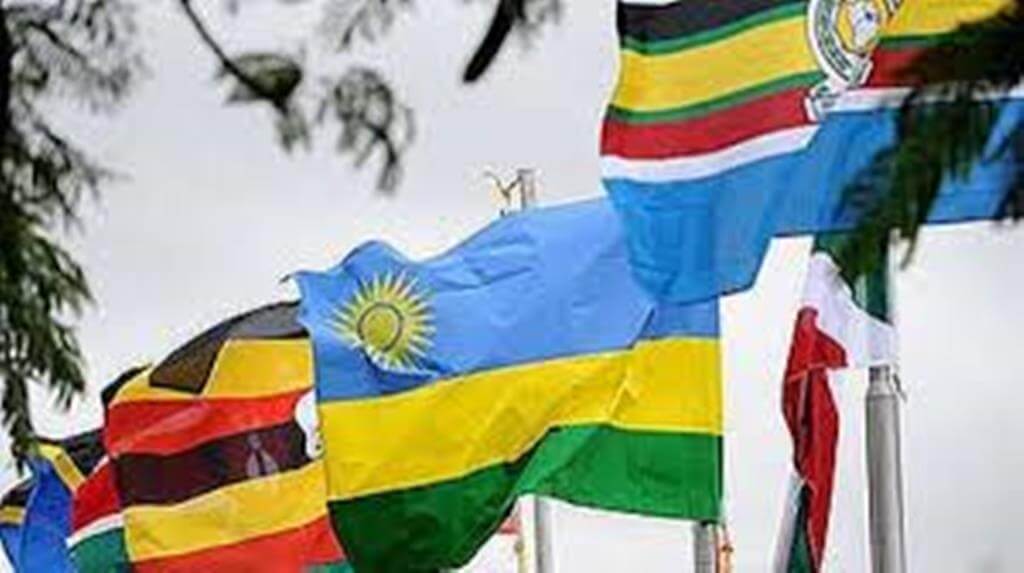SUMMARY SEZs first appeared in industrialized countries in the 1950s, helping drive growth, economic diversification, and job creation. They were instrumental in speeding China's transformation and breakneck development beginning in the early 1980s. In 1986, the International Labour Organization (ILO) reported 176 zones in 47 countries. By 2019, that number had soared to 5,383 active sites worldwide. What's so special about special economic zones (SEZs)? These are demarcated areas with their own, unique rules of business. They provide private firms with quality, cost-effective, and reliable infrastructure, efficient customs services, regulatory predictability, and even fiscal incentives. SEZs first appeared in industrialized countries in the 1950s, helping drive growth, economic diversification, and job creation. They were instrumental in speeding China's transformation and breakneck development beginning in the early 1980s. In 1986, the International Labour Organization (ILO) reported 176 zones in 47 countries. By 2019, that number had soared to 5,383 active sites worldwide. Africa has also embraced the promise of SEZs — but with varying degrees of success. Some have attracted investment, but others have not. Mauritius, South Africa, Egypt and Morocco are among the places where SEZs have flourished on the continent, supporting growth. In Kenya, the development blueprint Vision 2030 identified SEZs as a way to support industrialisation and attract private sector investment. The country's Special Economic Zones Act 2015 was designed to boost domestic manufacturing and services by ensuring regulatory and administrative predictability, quality industrial infrastructure, and market access, with special emphasis on the textiles and apparel, leather and...
With right strategy economic zones can be a success
Posted on: March 2, 2021
Posted on: March 2, 2021
























